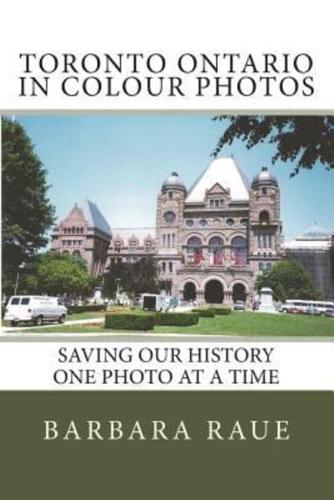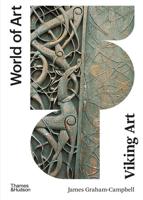Publisher's Synopsis
Toronto, the largest city in Canada, the provincial capital of Ontario, is located in Southern Ontario on the northwestern shore of Lake Ontario. During the American Revolutionary War, United Empire Loyalists fled from the United States to live on lands north of Lake Ontario. In 1787, the British Crown purchased more than a quarter million acres of land from the Mississaugas of the New Credit, and established a settlement called the Town of York. Lieutenant Governor John Graves Simcoe designated York as the capital of Upper Canada. Fort York was constructed at the entrance of the town's natural harbour where it was sheltered by a long sand-bar peninsula. The town was captured and ransacked by American soldiers in the Battle of York during the War of 1812, and the parliament buildings were set on fire.In 1834, York became a city and the name was changed to Toronto. The city grew rapidly through the remainder of the 19th century. In the 19th century, a sewage system was built, streets were illuminated with gas lighting, and railway lines were constructed. The Gooderham and Worts Distillery was the world's largest whiskey factory by the 1860s. The harbor provided access to grain and sugar imports used in processing. Expanding port and rail facilities brought in northern timber for export and imported Pennsylvania coal; industry dominated the waterfront for the next 100 years.Horse-drawn streetcars were replaced by electric ones in 1891. The great fire of 1904 destroyed a large section of downtown Toronto but the city was soon rebuilt with better fire safety laws and the expansion of the fire department.In 1954, disaster struck the city when Hurricane Hazel brought high winds and flash flooding causing the deaths of 81 people in the Toronto area, and leaving about 1,900 families homeless.Toronto covers an area of 630 square kilometres stretching 21 kilometres (13 miles) from north to south and 43 kilometers (27 miles) east to west. The waterfront shoreline is 46 kilometres (29 miles) long. The Toronto Islands and Port Lands extend out into the lake. The city's borders are formed by Lake Ontario to the south, Etobicoke Creek and Highway 427 to the west, Steeles Avenue to the north and the Rouge River and the Scarborough-Pickering Townline to the east. Today the city has a population of 2.6 million people.The city is intersected by three rivers and many tributaries: the Humber River in the west end and the Don River east of downtown, and the Rouge River at the city's eastern limits. The many creeks and rivers created large tracts of densely forested ravines, and provided sites for parks and recreational trails. These deep ravines are useful for draining the city's storm sewer system during heavy rains, but sections near the Don River are prone to sudden, heavy floods.Toronto buildings vary in design and age with many structures dating back to the mid-19th century, while other prominent buildings were built in the first decade of the 21st century.Toronto is a city of high-rises, having 1,800 buildings over 30 metres (98 feet), most of them are residential having been built in the 1950s, while the central business district contains commercial office towers. Through the 1960s and 1970s, significant pieces of Toronto's architectural heritage were demolished to make way for redevelopment or for parking. Since the 2000s, Toronto is experiencing a period of architectural revival, with several buildings by world-renowned architects having opened. Daniel Libeskind's Royal Ontario Museum addition, Frank Gehry's remake of the Art Gallery of Ontario, and Will Alsop's distinctive Ontario College of Art & Design expansion are among the city's new showpieces.









